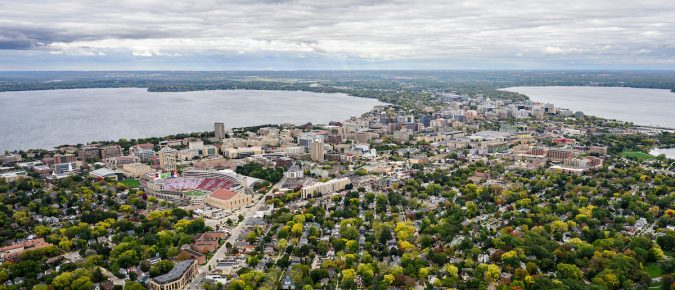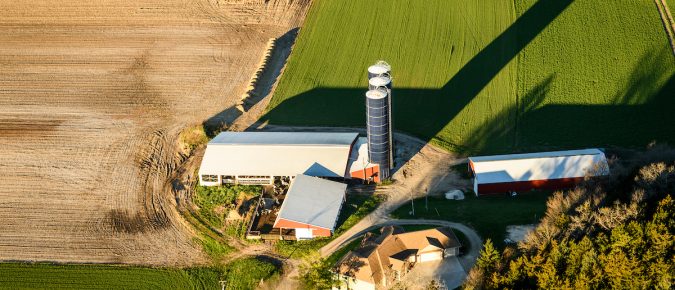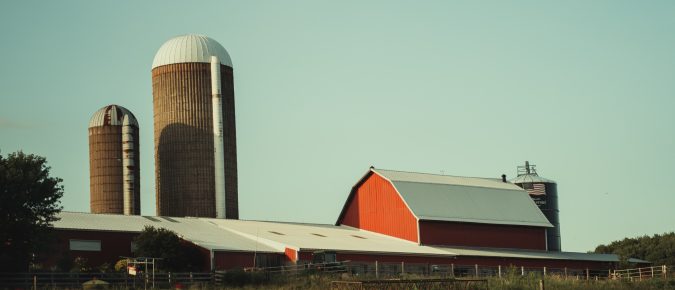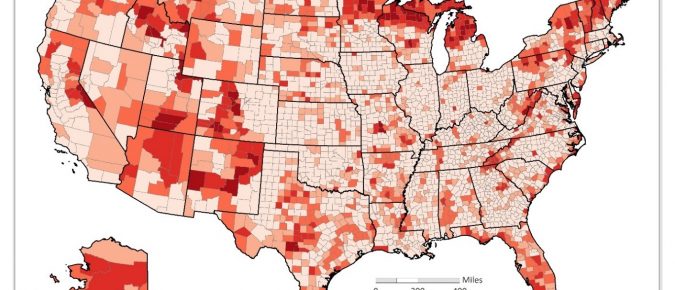Following a national trend, Wisconsin is experiencing a structural labor shortage: there are not enough qualified workers to fill available jobs. From January 2021 through February 2025, the state averaged 190,180 job openings per month, while only 97,081 individuals were unemployed resulting in an average monthly shortfall of 93,099 workers. This imbalance, combined with low unemployment and declining labor force participation, means that while job seekers may have an easier time finding work, there are simply not enough people actively seeking employment to meet demand. Contributing factors include an aging population, childcare and eldercare responsibilities (which disproportionately impact women), and a mismatch between the skills of available workers and the requirements of open positions.
Housing affordability is a growing concern across Wisconsin and the U.S. at large. Housing costs continue to rise while affordable options are getting harder to find and while job earnings have grown, earnings have failed to keep pace with housing costs. The result is that many households are struggling to keep up with the increasing cost of housing, leading to housing financial stress and increasing instability. While there is no widely accepted measure of housing financial stress, a common method uses a threshold of spending more than 30% of their income on housing. The number of households in the United States and Wisconsin spending over 30% of their income on housing is steadily increasing with no signs of slowing down.
In this WIndicator we focus on a relatively simple measure of prosperity to gain insight on the broader question of livability and contribute to ongoing local discussions. We explored patterns of place prosperity across four distinct dimensions: poverty, unemployment, housing, and education. Our analysis includes all U.S. counties and extends over time across three decades.
Every five years the United States Department of Agriculture (USDA) undertakes a detailed inventory of farming operations across the country. The most recent, the 2022 Census of Agriculture, aims to provide a detailed snapshot of the nation’s farming economy, including information on farm demographics, production practices, land use, and economic trends. The intent of this issue of WIndicator is to provide an overview of recent trends in Wisconsin farming using the Census of Agriculture. We pay particular attention to the changes since the last Census in 2017 to understand trends in key metrics for Wisconsin agriculture with some references to longer term trends (1997 to 2022).
There are a number of factors feeding into the current labor shortage, and while the problem seemed to accelerate after the COVID-19 pandemic, we have been facing a downward trend in unemployment for over a decade.
One long-held strategy to foster economic growth and development is to recapture tax dollars that flow to higher units of government. Paying taxes to higher units of government, such as the state and/or federal government, is a leakage from the local economy. In a sense, these leakages are akin to a local business buying inputs from vendors outside of the community or local residents shopping outside of the community. While many communities strike to close these leakages by encouraging firms and shoppers to buy locally, such an approach does not apply to state and federal taxes. Rather, communities often strive to have those dollars returned to the community through local state and federal government spending.
People of color are starting and growing businesses at high rates in Wisconsin. This study explored the experiences of BIPOC entrepreneurs in Fond du Lac County through 1-1 interviews and the Community Capitals Framework (CCF). Business owners expressed satisfaction with the natural beauty and safety of the area while describing limited technical knowledge (human capital), networks (social capital), and financial capital in the critical startup phase of their entrepreneurship. Business development technicians and educators can use this study to better support entrepreneurs of color in their Wisconsin communities.
With rising costs to students and soaring debt levels, many people are questioning the value of pursuing higher education. Nationally, a person with a bachelor’s degree will earn about $560,980 or 37.8% more than a person with a high school degree, even while accounting for lost years of work while obtaining the degree.
As a growing number of Wisconsin farms struggle to survive, many farm households (families) are dependent on off farm income to offset weak and unstable farm sourced income. Over the five-year average (2016-2020) average household income for Wisconsin farm operators is $98,353of which $20,210 comes from farming activities, and the remaining $78,143 comes from off farm sources. One strategy to ensure the continued operation of most Wisconsin farms is to focus on enhancing off farm employment opportunities.
Entrepreneurial activity increased sharply in Wisconsin in 2020 and 2021 during the COVID-19 pandemic. Entrepreneurship is a key part of any healthy economy but ensuring that new business activity leads to significant economic impact by creating high quality jobs can be difficult. Communities can take a lead role in a range of strategies that help entrepreneurs grow and be successful to make the most of this opportunity to improve their economies.
The development of seasonal and recreational housing units in Wisconsin reflects the economic transitions of many counties that were formerly dependent on natural resource extraction to a current reliance on services, hospitality, and recreation. With these transformations also come regional opportunities and challenges related to the growth of seasonal and recreational housing.
Nonemployer establishments, sole proprietorships and partnerships without any paid employees, are an important part of the country’s economy. As of 2018, they made up a large and quickly growing share of businesses in the United States at 77% of the total while the other 23% of establishments were employer businesses [1]. Given that nonemployer establishments are businesses without employees, they are predominantly independent contractors who work for themselves or small businesses operated only by the owner(s) or unpaid members of their family.
















